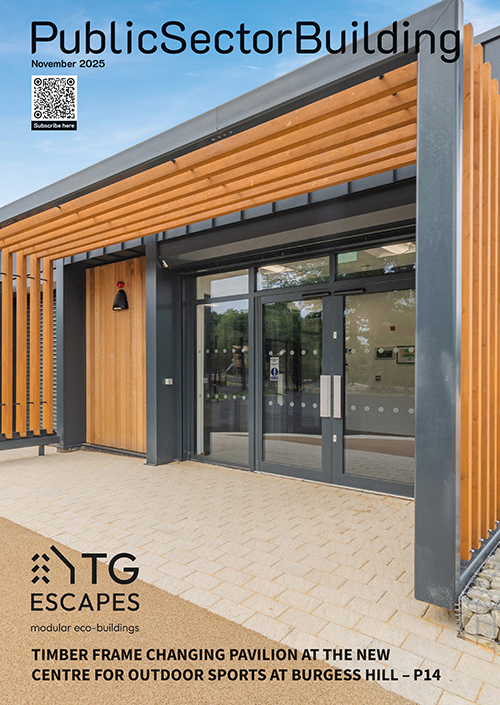For many schools, colleges and universities, decorative casing and wall lining solutions are an integral part of both new build and refurbishment projects, as Encasement explains…
The presence of large numbers of students is a key influence on the use of decorative casings in areas, such as classrooms, laboratories and common rooms, together with main entrance foyers, sports halls and other public spaces, as durability is an essential requirement for most projects.

Column casing options
The ability to understand and meet these demands from architects, educational design teams and specifiers have been key factors that have influenced the development Encasement’s product range.
The company’s extensive column casings range includes pre-formed plywood and glass reinforced gypsum (GRG), exclusively for interior applications, as well as aluminium, stainless steel and glass reinforced polymer (GRP) casings, which are suitable for interior and exterior for use due to their durability and inherent weather resistance.
Vecta building lining system
Alongside the six column casing ranges, the Vecta building linings system incorporates solutions for interior wall linings, bulkheads and reveals. Vecta has been used in a range of interior education projects, including extensive remodelling of London’s South Bank University, as well as exterior applications, such as the overhead walkway casings at St. Richard Reynolds College in Twickenham.
All Vecta building linings are manufactured to meet individual project specifications and to ensure that the panel design, dimensions, and layouts are precisely engineered to simplify installation and achieve high-quality results.
Thinking inside the box!
While Encasement products are usually specified to conceal structural elements, such as columns or bulkheads, the refurbishment of classrooms, science labs and STEM facilities often calls for solutions to ‘box-in’ exposed pipework.
Manufactured using pre-formed plywood, Versa pipe boxing is a popular choice as it can hide pipework and other services, while also mitigating burn risks, where hot pipework is present, and preventing the accumulation of dust and dirt behind water and gas pipes.
For more detail, please read the full article online here




